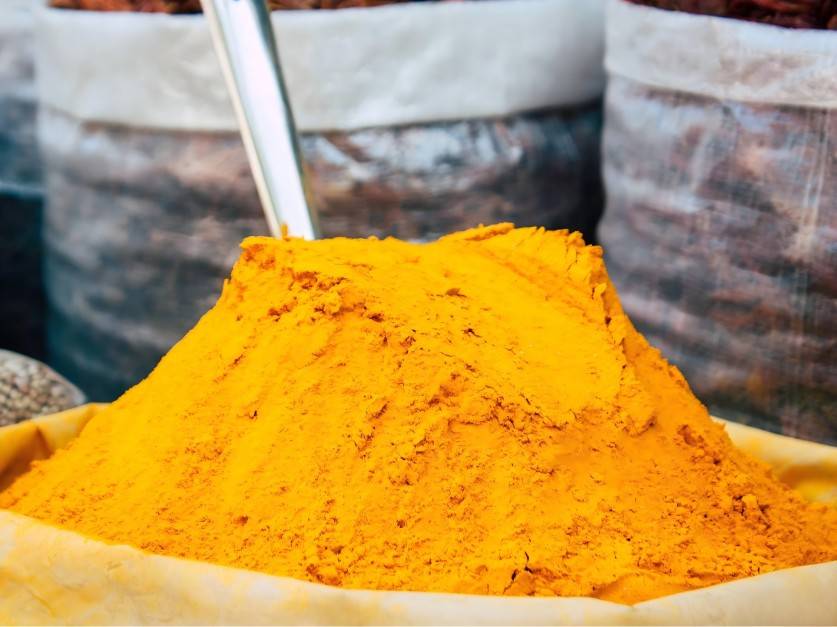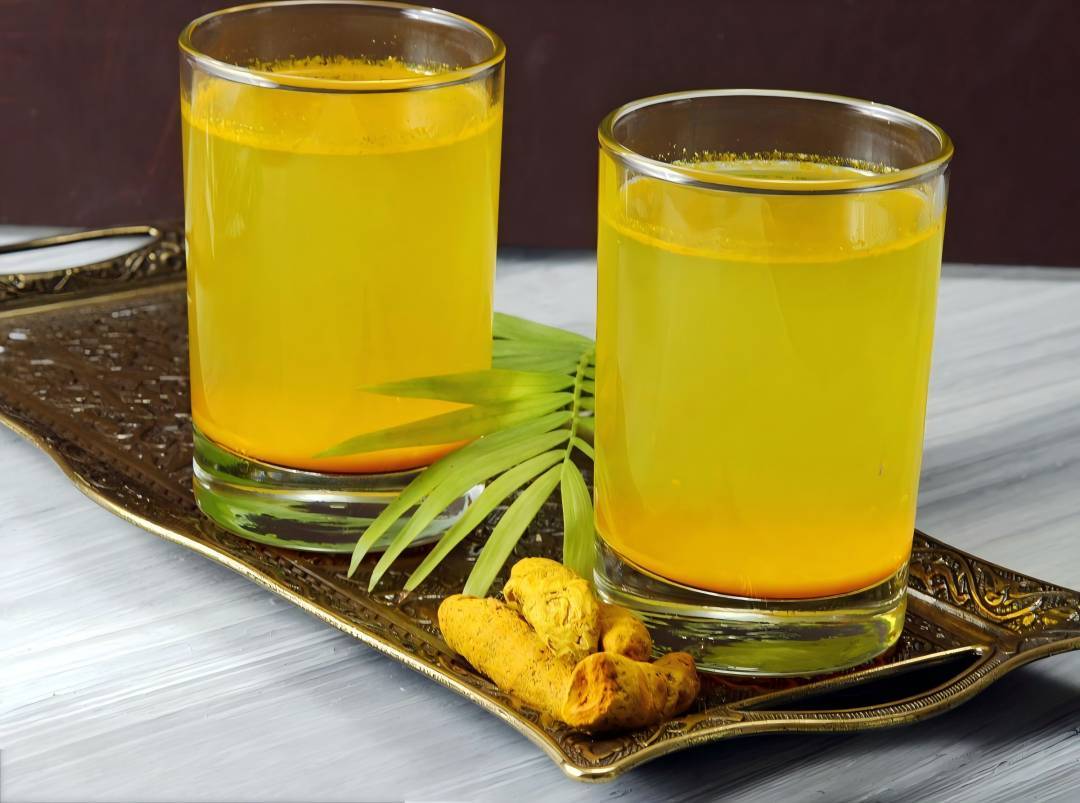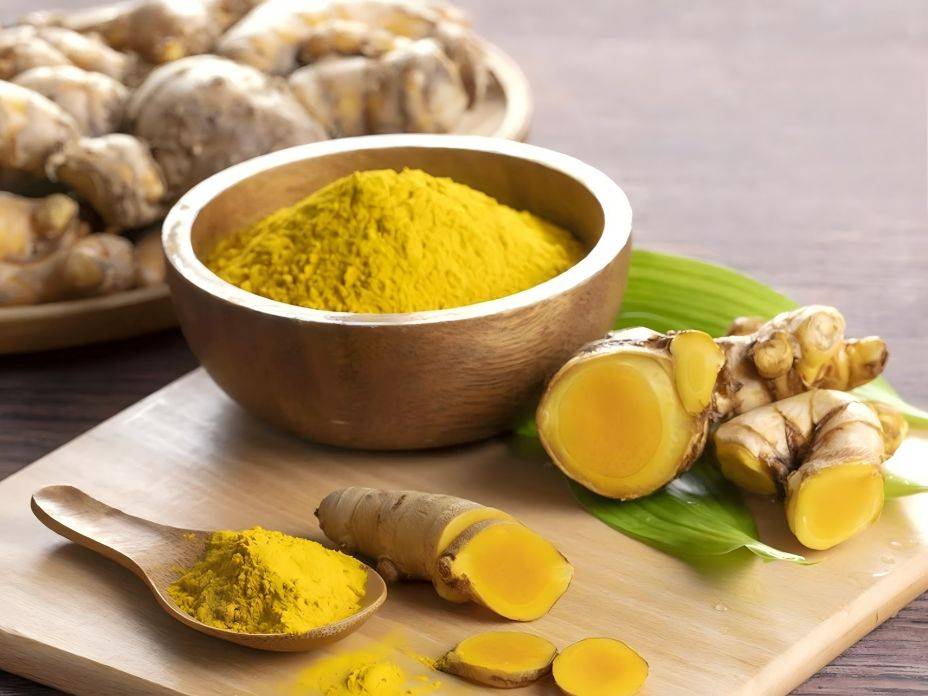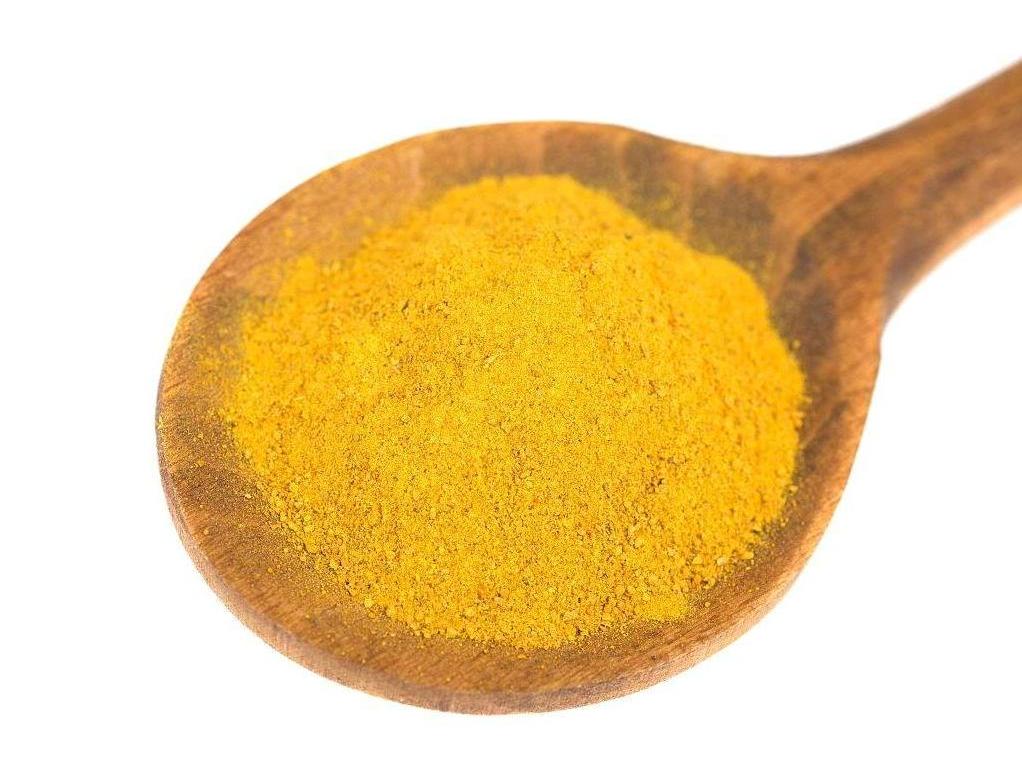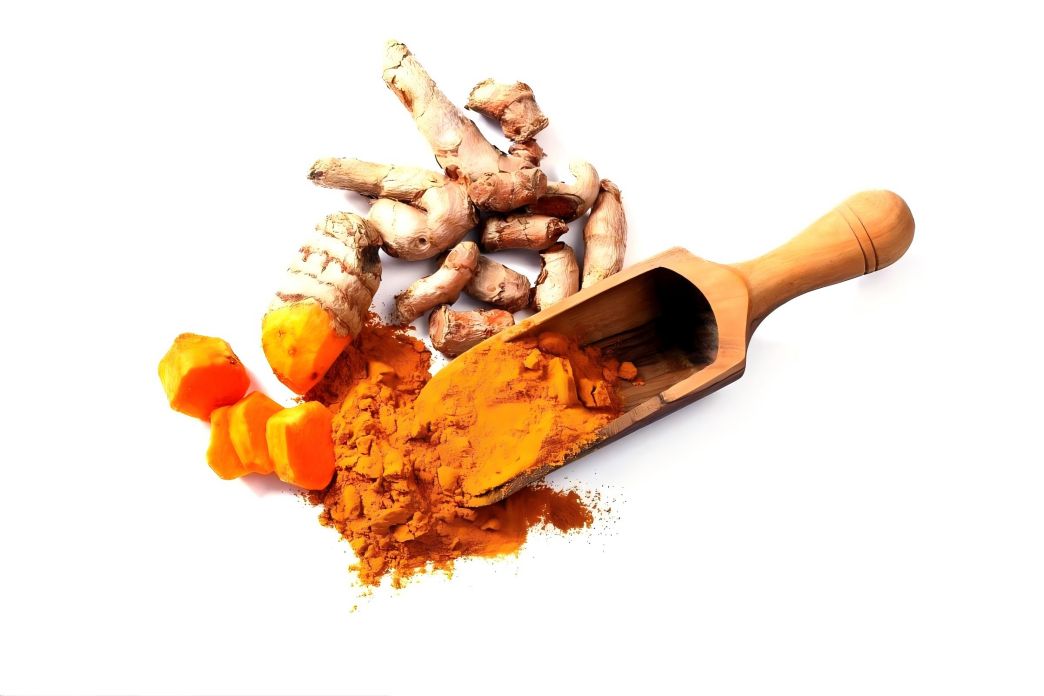What Is the Medicinal Value of Curcumin?
Curcumin is a natural drug containing phenolic and quinone groups extracted from the rhizomes of turmeric, Curcuma longa, and other Curcuma species, mainly produced in subtropical regions such as China, India, and Japan. Turmeric extract is an orange-yellow crystalline powder that is insoluble in water, soluble in ethanol and propylene glycol, easily soluble in glacial acetic acid and alkali solution, stable to reducing agents, strongly pigmented, and has poor light and heat resistance. It is considered to have little toxicity. Traditional Chinese medicine believes that turmeric extract has the effect of promoting blood circulation and relieving pain, and is effective in treating bruises, swellings, pain, and amenorrhea. At present, domestic and foreign research has found that curcumin has pharmacological effects such as anti-inflammatory, anti-oxidative stress, anti-tumor, and anti-fibrosis, and can be used to treat tumors, autoimmune diseases, complications of diabetes, cardiovascular diseases, chronic liver diseases, kidney diseases, etc. This article summarizes the relevant literature on the pharmacological effects of curcumin in recent years and makes the following summary.
1 Anti-inflammatory
Studies have found that the anti-inflammatory effect of curcumin is comparable to that of steroidal and non-steroidal anti-inflammatory drugs [1]. Related studies have confirmed that curcumin may exert an anti-inflammatory effect by inhibiting the expression of pro-inflammatory factors interleukin (IL) -1 β and IL-6 and promoting the expression of the anti-inflammatory factor IL-10, blocking the classical activation pathway of nuclear transcription factor-κB (NF-κB), and down-regulating the expression of nitric oxide synthase (iNOS) mRNA [2-4].
2 Antioxidant stress
Curcumin has antioxidant effects due to the presence of many functional groups in its chemical structure [5]. It scavenges oxygen free radicals, inhibits the production of reactive oxygen species, enhances the activity of antioxidant enzymes, improves the body's antioxidant capacity, and exerts an antioxidant effect [6-7]. Xiao Xuefei [7] and others found that curcumin at a concentration of 200 mg/kg can reduce the activity of myeloperoxidase (MPO), increase the activity of superoxide dismutase (SOD), and reduce the production of malondialdehyde (MDA), thereby inhibiting oxidative stress in the lungs of rats.
3 Anti-tumor
In recent years, extensive research has been carried out on the anti-tumor effects of curcumin. Curcumin has an inhibitory effect on the proliferation and metastasis of various tumor cells, including liver cancer, gastric cancer, colon cancer, and bladder cancer cells. As an anti-cancer agent, curcumin has been classified as a third-generation chemopreventive drug by the US National Cancer Institute. Curcumin exerts its anti-tumor effects mainly through the following aspects.
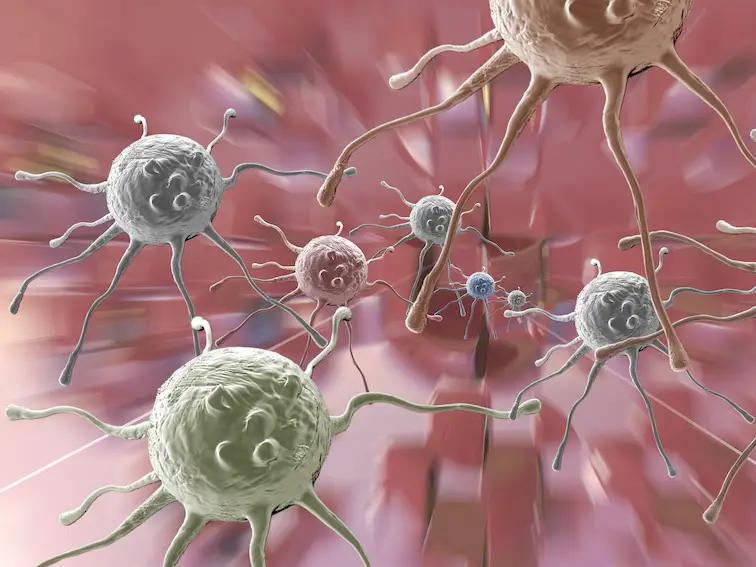
3.1 Induces apoptosis in tumor cells
Curcumin can induce apoptosis of tumor cells by promoting the expression of apoptosis factors. Wang Juxiang [8] and others have shown that curcumin can promote apoptosis in neuroblastoma by increasing the activity of cysteine aspartic acid protease-3 (caspase-3) and reducing the expression of B lymphocyte tumor-2 (Bcl-2) genes.
Jin Zi [9] and other studies have shown that curcumin can inhibit the proliferation of human colon cancer RKO cells and promote apoptosis by inhibiting the activation of the PI3-K/Akt and MEK/ERK signaling pathways and regulating the expression of apoptosis-related proteins Bax and Bcl-2.
3.2 Inhibit tumor angiogenesis
Tumor blood vessels provide a large amount of nutrients for the growth of tumor cells. Suppressing the formation of tumor blood vessels can effectively inhibit tumor proliferation and metastasis. Vascular endothelial growth factor (VEGF) is a key factor in tumor proliferation and maintaining vascular function. It can promote the formation of new blood vessels after binding to specific receptors. Krejsgaarol et al. [10] reported that curcumin can inhibit the activity of Janus kinase 3 (Jak3) and c-Jun N-terminal kinase (JNK), block the production of VGEF, and inhibit angiogenesis.
4 Antimicrobial
Liu Ni [13] and others observed with dog kidney cells that curcumin at 6.25 g/L and 1.56 g/L effectively inhibited influenza A virus subtypes H1N1 and H3N2, indicating that curcumin has antiviral properties. Li Xiaopeng [14] and others found that curcumin has an inhibitory effect on Escherichia coli, Bacillus subtilis, yeast, Aspergillus niger, and Penicillium chrysogenum, but the mechanism needs to be further studied.
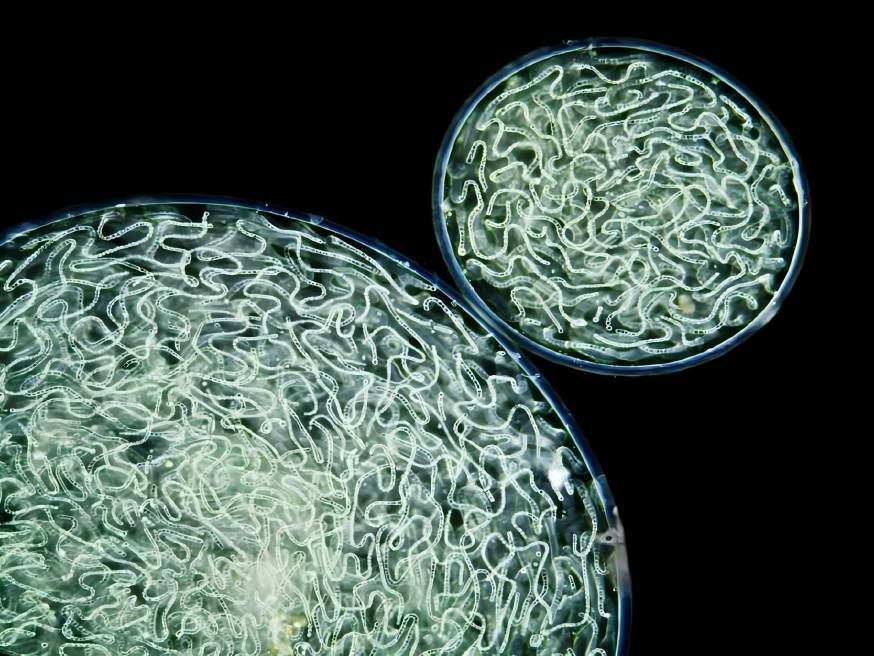
5 Anti-fibrosis
Fibrosis is a pathological process mainly caused by excessive deposition of extracellular matrix (ECM) during the repair process of inflammatory response and cell damage. Wu Xiongjian et al. [15] confirmed that after treatment with curcumin, on the one hand, the expression of transforming growth factor-β1 (TGF-β1) and Platelet-derived growth factor-BB (PDGF-BB) expression was significantly reduced, suggesting that curcumin can inhibit the activation and proliferation of hepatic stellate cells (HSC) by reducing the pro-fibrotic effect of TGF-β1, reducing the binding of PDGF-BB to its receptor, and inhibiting the pro-proliferative effect of PDGF. On the other hand, curcumin promotes ECM degradation and reduces the degree of fibrosis by inhibiting the gene expression of TIMP, an inhibitor of MMP, which is involved in ECM degradation. Connective tissue growth factor (CTGF) is a downstream factor of TGF-β1, which has a strong regulatory effect on cell differentiation, proliferation and the extracellular matrix. Abnormal expression plays a key role in the occurrence and development of renal fibrosis. Studies have shown that curcumin can also reduce the production of CTGF in renal cells, inhibit renal fibrosis and improve renal function [16].
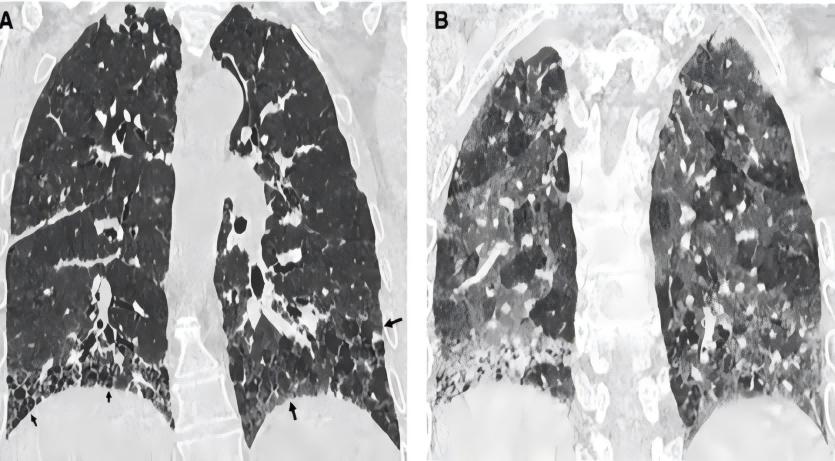
6 Anti-endoplasmic reticulum stress and ischemia-reperfusion injury
Ischemia and hypoxia, oxidative stress, etc., lead to the accumulation of misfolded or unfolded proteins in the endoplasmic reticulum, which disrupts the function of the endoplasmic reticulum and triggers the unfolded protein response (UPR), leading to endoplasmic reticulum stress (ERS). A certain degree of UPR protects the body, but excessive UPR can induce the expression of ERS-specific transcription factors such as CHOP / GADD153, activation of JNK and various caspases, etc., which induce endoplasmic reticulum-related apoptosis. Hu Shanshan et al. [17] found that curcumin can inhibit endoplasmic reticulum stress by down-regulating the expression of ERS-related apoptotic proteins caspase-12, GADD153 and GRP78/Bip mRNA and protein. Studies have shown that ERS plays an important role in the process of ischemia-reperfusion injury, especially cerebral ischemia-reperfusion injury, and Alzheimer's disease (AD) [18-20]. Therefore, curcumin's anti-endoplasmic reticulum stress is another important mechanism of its anti-ischemia/reperfusion (I/R) injury.
7 Anti-atherosclerosis
Hyperglycemia and hyperlipidemia caused by disturbed glucose and lipid metabolism are the main factors leading to diabetes and its related complications. Curcumin has a significant lipid-lowering effect. Yu Yan [21] and others found that curcumin can significantly reduce total cholesterol (TC) and apolipoprotein B (apoB) levels in rat serum, significantly increase high-density lipoprotein (HDL) and apolipoprotein A (apoA) levels, and accelerate the decomposition and conversion of serum TC and triglycerides. The lipid-lowering effect of curcumin may be related to the improvement of insulin resistance.
Lipid deposition (especially low-density lipoprotein (LDL) rich in cholesterol) is an important factor in atherosclerosis (AS). Yuan Haoyu [22] and others found that curcumin can inhibit sterol regulatory element-binding protein-1 (SREBP 1) nuclear translocation in vascular smooth muscle cells, increase the expression of caveolin-1, and prevent cholesterol accumulation caused by oxidized modified LDL. In addition, curcumin can also inhibit the chronic inflammatory response in the AS process by reducing the level of highly sensitive c-reactive protein (hs-CRP). Curcumin inhibits atherosclerosis by lowering lipids and anti-inflammation [23].
8 Improve Alzheimer's disease
AD is a common neurodegenerative disease in the elderly. The main pathological changes of AD are the formation of extracellular β-amyloid (β-amyloid, Aβ) plaques, intracellular neuronal fibrillary tangles (neurofi- brilllary tangle, NFTs), and the loss of synaptic connections in the cerebral cortex and hippocampus. Recent studies have found that curcumin can treat AD not only by the above anti-inflammatory, anti-oxidant, anti-apoptotic, anti-endoplasmic reticulum stress and other means, but also by anti-Aβ deposition and inhibiting Tau protein over-phosphorylation, reducing senile plaques (SP) and NETs [24]. Sun Jieyun [25] and others found that curcumin can inhibit the activity of glycogen synthase kinase 3 β (GSK-3 β) by downregulating the expression of the caveolin-1 marker protein in the cell membrane vesicles, thereby inhibiting the hyperphosphorylation of Tau protein and exerting an anti-AD effect.
Regulation of the insulin growth factor signaling pathway is another way to prevent and treat AD. Insulin or insulin growth factor-1 (IGF-1) in the brain can activate the PI3K AKT/PKB signaling pathway, which in turn reduces Aβ synthesis by inhibiting the activity of glycogen synthase kinase 3 (CSK 3). Research by Hu Yiping [26] and others has shown that curcumin can regulate the IGF-1 signaling pathway by increasing IGF-1 levels and receptor expression in the hippocampal tissue of rats with diabetic encephalopathy and AD, thereby achieving a neuroprotective effect.
9 Antidepressant
Studies have shown that curcumin has antidepressant effects, which may be related to its inhibition of monoamine oxidase (MAO) and enhancement of monoamine neurotransmitters [27-28]. Yao Jinxiang [29] and others studied the use of curcumin in combination with psychological intervention to treat 59 patients with postpartum depression. The results showed that combined curcumin treatment was more effective than psychological intervention alone, indicating that curcumin has an antidepressant effect.
10 Conclusion
Turmeric extract, as a traditional Chinese medicine, has a variety of active ingredients, is low in toxicity, highly safe, has a wide range of pharmacological effects, and has good clinical application prospects. However, turmeric extract has low oral bioavailability, poor clinical efficacy, and a complex mechanism of action. Therefore, further research is needed on the dosage form of turmeric extract and the specific mechanism of action of turmeric extract on certain diseases to provide a better basis for its clinical application.
Reference:
[1] Aggarwal BB,Harikumar KB.Potential therapeutic effects of curcumin,the anti-inflammatory agent,against neurode- generative,cardiovascular,pulmonary,metabolic,autoimmune and neoplastic diseases[J].IntJ Biochem Cell Biol, 2009,41 ( 1) :40-59 .
[2] Li ZL, Zhang D, Liu JW, et al. Effects of curcumin on iNOS expression in the kidneys of rats with severe acute pancreatitis and its protective mechanism [J]. Chinese Journal of General Surgery, 2015, 22(4): 412-416.
[3] Nishino H,Tokuda H,Satomi Y,et al.Cancer prevention by antioxidants[J].Biofactors,2004,22( 1 /2 /3 /4) : 57-61 .
[4] Chen Linlin. Protective effect and mechanism of curcumin on ventricular remodeling after myocardial infarction in mice [D]. Guangzhou: Southern Medical University, 2014.
[5] Priyadarsini KI,Maity DK,Naik GH,et al. Role of phenolic O-H and methylene hydrogen on the free radical reactions and antioxidant activity of curcumin[J].Free Radic Biol Med,2003,35 (5) :475-484 .
[6] Zhang Chenhao, Wang Changwen, Fang Fang, et al. Effect of curcumin on reactive oxygen species in LPS-activated mouse macrophages [J]. Chinese Journal of Public Health, 2015, 31 (6): 1-3.
[7] Xiao Xuefei. Protective effect and molecular mechanism of curcumin on rats with acute lung injury caused by sepsis [D]. Changsha: Central South University, 2012.
[8] Wang Juxiang, Zeng Weiwei, Huang Zhen, et al. The inhibitory effect of curcumin on primary cultured neuroblastoma cells and its effect on the expression of Caspase-3/Bcl-2 [J]. Chinese Journal of Pediatric Hematology and Oncology, 2015, 20(2): 83-85.
[9] Jin Z, Cai Y, Zhang Y, et al. Effects of curcumin on the PI3-K/Akt and MEK/ERK signaling pathways in human colon cancer cells [J]. Modern Oncology, 2015, 23 (12): 1629-1631.
[10] Kreisgaard T,Vetter-Kauczok CS,Woetmann A,et al. Jak3- and JNK-dependent vascular endothelial growth factor expression in cutaneous T-cell lymphoma[J].Leu- kemia,2006,20( 10) : 1759-1766.
[11] Howells LM,Sale S,Sriramareddy SN,et al.Curcumin a- meliorates oxaliplatin-induced chemoresistance in HCT116 colorectal cancer cells in vitro and in vivo[J].IntJ Canc- er,2011,129(2) :476-486 .
[12] Qian C, Shi D, Wu N, et al. Protective effect of curcumin on radiotherapy-induced body damage in Lewis lung cancer-bearing mice [J]. Chinese Journal of Gerontology, 2015, 35 (6): 1650-1651.
[13] Liu Ni, Meng Yirong, Zhang Junli, et al. In vitro anti-influenza virus H1N1 and H3N2 experimental study of curcumin [J]. Zhejiang Journal of Integrated Traditional and Western Medicine, 2008, 18(9): 534-535.
[14] Li Xiaopeng. Study on the extraction, isolation, antibacterial and antitumor activities of curcumin [D]. Jinan: Shandong Normal University, 2010.
[15] Wu Xiongjian, Zhu Haiyan. Curcumin's effect on the prevention and treatment of liver fibrosis in rats [J]. Shanghai Medical Journal, 2015, 36(3): 72-75.
[16] Tian Hua, You Liju, Guo Hui, et al. The protective effect of curcumin on the kidneys of rats with diabetic nephropathy and its mechanism [J]. Journal of Jilin University: Medical Sciences, 2013, 39(4): 747-749.
[17] Hu Shanshan. The effect of curcumin on endoplasmic reticulum stress in hippocampal neurons of rats with Alzheimer's disease model [D]. Changsha: Central South University, 2014.
[18] Nakka VP,Gusain A,Raghubir R. Endoplasmic reticulum stress plays critical role in brain damage after cerebral is- chemia / reperfusion in rats[J].Neurotox Res,2010,17 (2) : 189-202.
[19] Zhu Haiying,Zhu Haiyan,Xiao Shuping,et al.Activation and crosstalk between the endoplasmic reticulum road and JNK pathway in ischemia-reperfusion brain injury[J].Ac- ta Neurochir(wien) ,2012,154(7) : 1197-1203.
[20] Hitomi J,Katayama T,Taniguchi M,et al.Apoptosis in- duced by endoplasmic reticulum stress depends on activa- tion of caspase-3 via caspase-12[J].Neurosci Lett,2004, 357(2) : 127-130.
[21] Yu Yan, Yan Hong, Hu Senke, et al. Research on the weight loss effect and mechanism of curcumin in simple obese rats [J]. Journal of Xi'an Jiaotong University: Medicine Edition, 2006, 27(4): 387-390.
[22] Yuan Haoyu,Kuang Shuangyu,Zheng Xing,et al.Curcumin inhibits cellular cholesterol accumulation by regula- ting SREBP-1 / caveolin-1 signaling pathway in vascular smooth muscle cells[J].Acta Pharmacol Sin,2008,29 (5) : 555-563 .
[23] Zhang Qingbin. Effects of curcumin on blood lipids and high-sensitivity C-reactive protein in patients with coronary heart disease [D]. Hefei: Anhui Medical University, 2006.
[24] Lam GP,Calon F,Morihara T,et al.A diet enriched with the omega-3 fatty acid docosahexaenoic acid reduces amyloid burden in an aged Alzheimer mouse model[J].J Neurosci,2005,25 ( 12) : 3032-3040 .
[25] Sun Jieyun. Molecular mechanism of curcumin's neuroprotective effect in AD through Caveolin-1 [D]. Chongqing: Chongqing Medical University, 2014.
[26] Hu Yiping. Research on the mechanism of action of the IGF-1 signaling pathway in diabetic encephalopathy [D]. Chongqing: Chongqing Medical University, 2011.
[27] Chen Wenxing, Liu Leping, Li Lin, et al. Research on the antidepressant effect and mechanism of curcumin [J]. New Chinese Medicine and Clinical Pharmacology, 2006, 17(5): 317-320. [28] Wen Caixia, Xiao Yan, Xu Jianhua. Antidepressant effect of curcumin and its derivatives in mice [J]. Traditional Chinese Medicine Pharmacology and Clinical, 2007, 23 (3) : 33.
[29] Yao Jinxiang. Clinical observation and research on the antidepressant effect of curcumin after childbirth [J]. Chinese Modern Drug Application, 2015, 9(12) : 161-163.


 English
English French
French Spanish
Spanish Russian
Russian Korean
Korean Japanese
Japanese